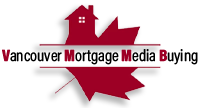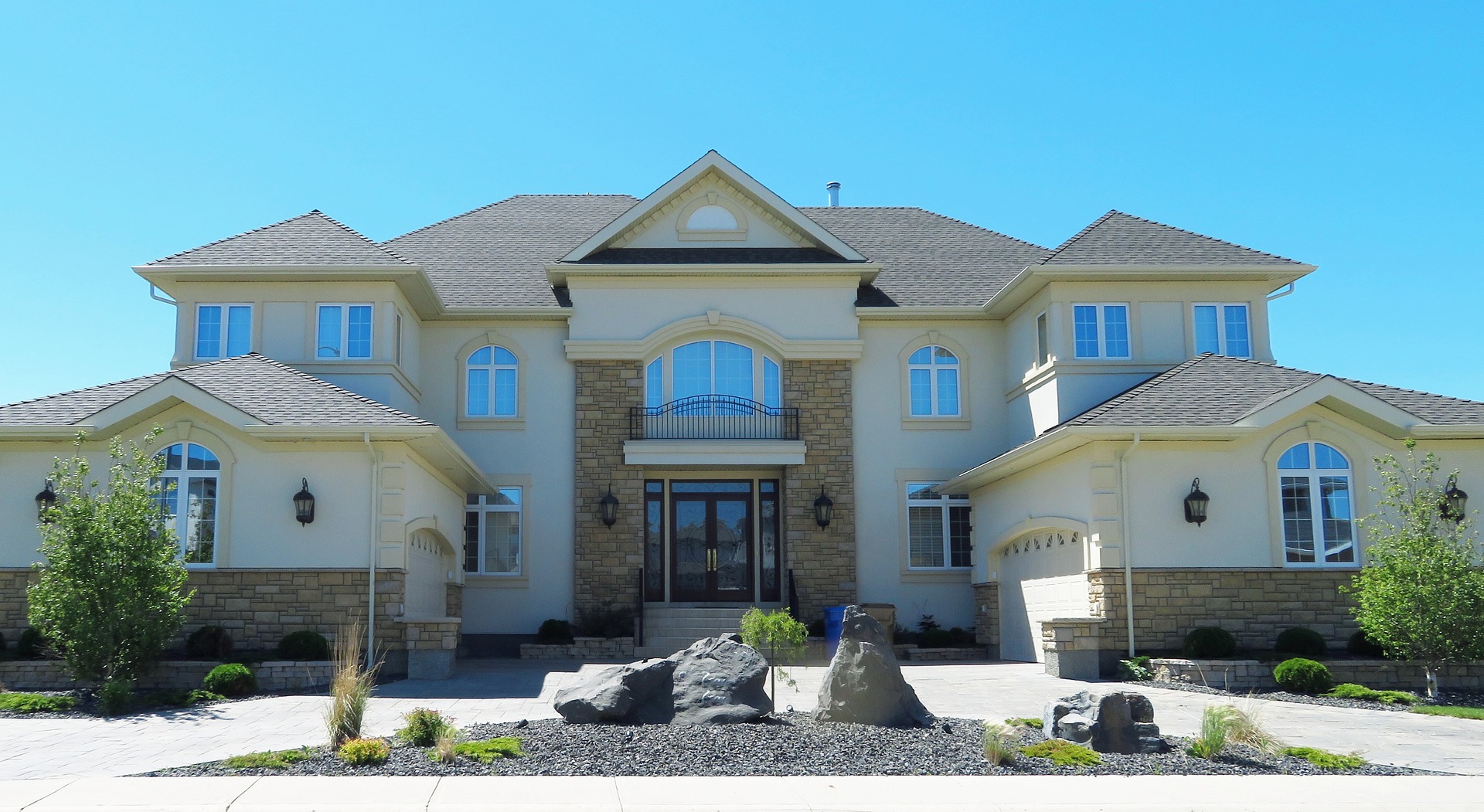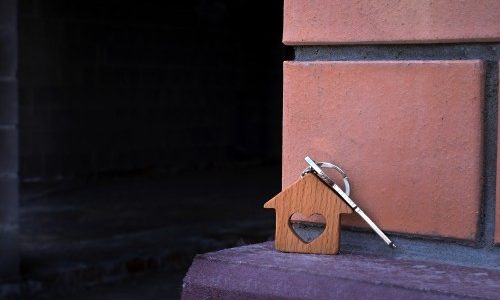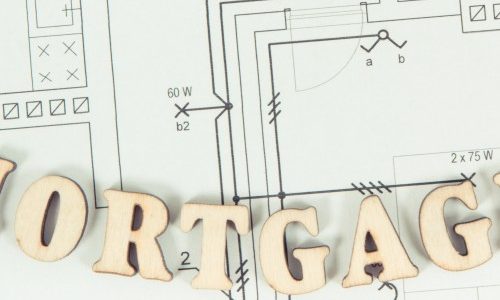Mortgage loans in Canada come in a variety of forms and are available from a number of different lenders. Knowing which type of loan is best for you is essential to making a smart financial decision. Here are some of the different types of mortgages available in Canada:
Fixed Rate Mortgage: A fixed rate mortgage is one of the most popular types of mortgages in Canada. It offers a consistent interest rate for the entire term of the loan, so you know exactly how much your payments will be and what your total costs will be over the life of the loan. This is a good option if you are looking for security and stability.
Variable Rate Mortgage: A variable rate mortgage has an interest rate that fluctuates over the life of the loan. This means that your payments can increase or decrease over time depending on the market conditions. This is a good option if you are comfortable with a little volatility and you think interest rates will go down over time.
High Ratio Mortgage: A high ratio mortgage is one where the loan amount is over 80% of the value of the property. This type of mortgage is higher risk for the lender so you may have to pay a higher interest rate to compensate for the risk.
Low Ratio Mortgage: A low ratio mortgage is one where the loan amount is less than 80% of the value of the property. This type of mortgage may offer lower interest rates than a high ratio mortgage and may also provide access to other benefits such as a reduced down payment.
Cash Back Mortgage: A cash back mortgage is one where you receive a lump sum of money at the time of closing on your mortgage. This money can be used to cover closing costs or for other purposes. This type of mortgage is often used by first-time homebuyers or those with limited funds available for a down payment.
Portable Mortgage: A portable mortgage is one where the loan can be transferred to a new property if you decide to move. This is a convenient option if you plan to move in the near future, but it is important to note that you may need to pay a fee to transfer the loan.
These are some of the different types of mortgage loans available in Canada. It’s important to consider your individual needs and goals when choosing the right loan for you. It’s also a good idea to shop around and compare rates and terms from different lenders to make sure you’re getting the best deal possible.











